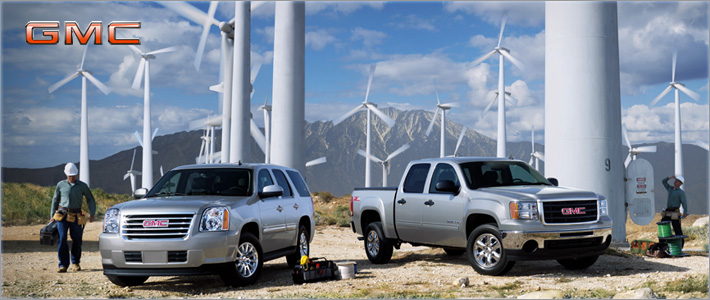
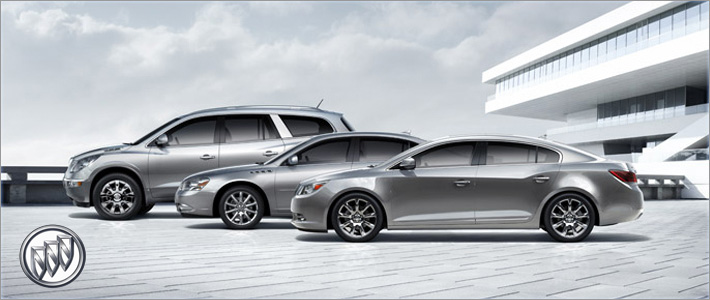
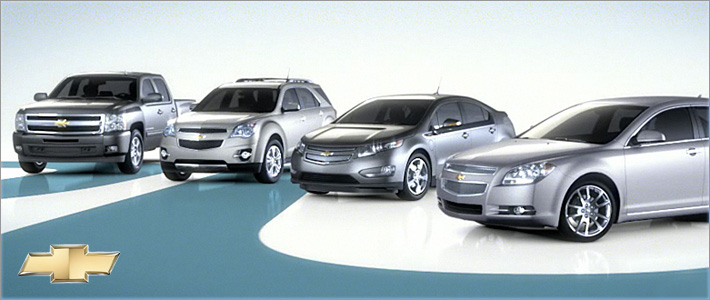
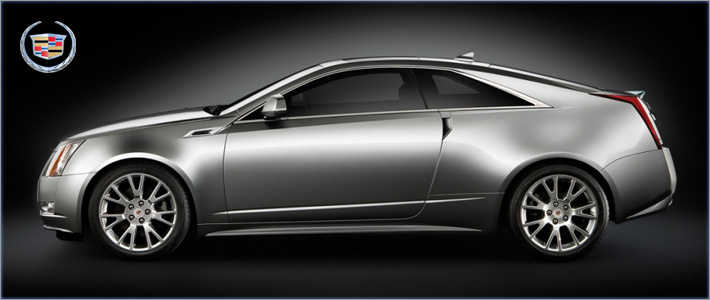
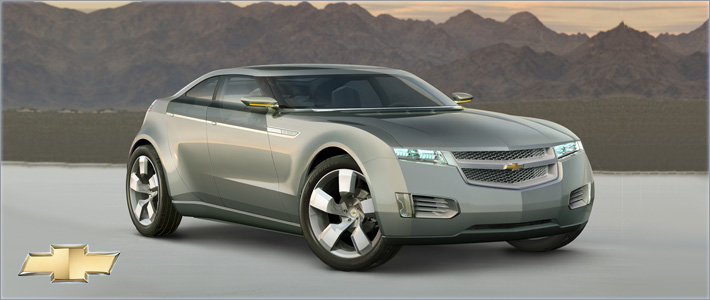
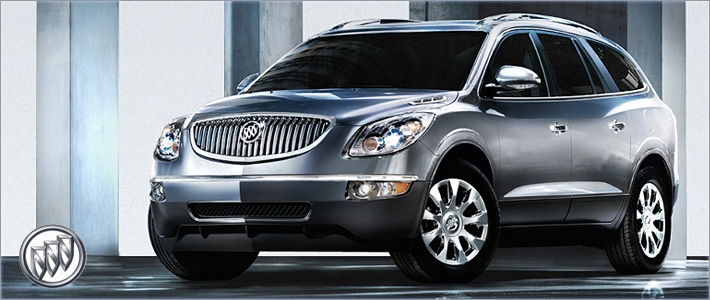
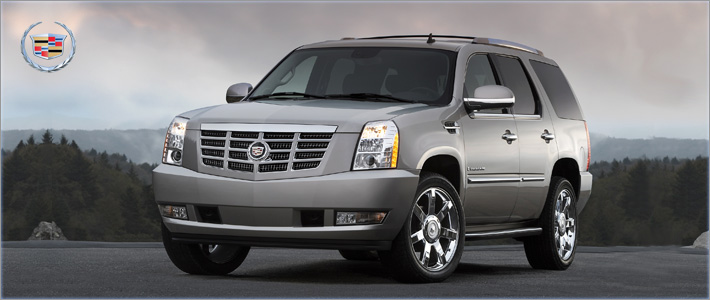
Buick Rainier - The Power of General Motors
 At its debut, the Buick Rainier added a bit of diversity to the brand's rather uniform lineup. Joining a family of mostly big, softly sprung sedans, this truck-based, midsize SUV became the first Buick in a long time with traditional body-on-frame construction and rear-wheel drive (with optional all-wheel drive), enabling it to carry a considerable amount of cargo (80 cubic feet) and tow heavy loads (up to 6,700 pounds). Buick sourced the majority of Rainier's design from General Motors' midsize SUV platform. This meant that there wasn't much variation between it and its GM sport-ute brethren like the Chevrolet TrailBlazer, GMC Envoy and Oldsmobile Bravada -- the third of which the Rainier effectively replaced when the Olds division was discontinued.
At its debut, the Buick Rainier added a bit of diversity to the brand's rather uniform lineup. Joining a family of mostly big, softly sprung sedans, this truck-based, midsize SUV became the first Buick in a long time with traditional body-on-frame construction and rear-wheel drive (with optional all-wheel drive), enabling it to carry a considerable amount of cargo (80 cubic feet) and tow heavy loads (up to 6,700 pounds). Buick sourced the majority of Rainier's design from General Motors' midsize SUV platform. This meant that there wasn't much variation between it and its GM sport-ute brethren like the Chevrolet TrailBlazer, GMC Envoy and Oldsmobile Bravada -- the third of which the Rainier effectively replaced when the Olds division was discontinued.
Of this core SUV grouping, the Buick Rainier was meant to be the most comfortable and upscale. Buick's exclusive rear air spring suspension made the Rainier the most successful at concealing ruts in the road, and the effects of Buick's "QuietTuning" could be heard in its near-silent interior. The Rainier also earned a bit of initial distinction as it was the only regular-length SUV of the bunch to offer an optional V8 engine. (The Rainier was never offered in extended-length seven-passenger form.) Finally, Buick's SUV came with the most standard equipment.
 Sadly, all the extra effort didn't cure the Buick Rainier of its deepest family flaws. The combination of a high stance, high weight, a softly tuned suspension and a live rear axle penalized handling on several fronts. Handling was sloppy even by truck-based SUV standards. The Rainier's numb steering needed continual corrections to hold a straight line and its rear end felt loose and unstable in extreme handling situations. It also guzzled more gas than any modern Buick, and its interior was marred by cheap and mismatched materials, illogical controls, a lack of storage space, subpar build quality and fatiguing seats.
Sadly, all the extra effort didn't cure the Buick Rainier of its deepest family flaws. The combination of a high stance, high weight, a softly tuned suspension and a live rear axle penalized handling on several fronts. Handling was sloppy even by truck-based SUV standards. The Rainier's numb steering needed continual corrections to hold a straight line and its rear end felt loose and unstable in extreme handling situations. It also guzzled more gas than any modern Buick, and its interior was marred by cheap and mismatched materials, illogical controls, a lack of storage space, subpar build quality and fatiguing seats.
The Rainier partly redeemed itself with smooth and strong powertrains, competitive acceleration and a plush, quiet ride. But compared to other competing upscale SUVs, Buick's entry failed to completely deliver in the important categories of refinement, Buick Rainier Accessories and handling. For consumers shopping used midsize SUVs, we suggest taking a look at more qualified and desirable vehicles such as the Mercury Mountaineer, Toyota 4Runner or Volkswagen Touareg. Another good option is Buick's new large crossover SUV, the Enclave.
 The Rainier debuted for 2004 and received minor changes over its four-year run. Initially it was offered in CXL and CXL Plus trim levels with the six-cylinder engine producing 275 horsepower and 275 pound-feet of torque and the 290-hp (320 lb-ft) V8 available as an option. Aside from its significant increase in torque, the V8 also featured a cylinder deactivation system that saved a little fuel when cruising. Either way, a four-speed automatic transmission was standard, and both engines were available with rear- or all-wheel drive.
The Rainier debuted for 2004 and received minor changes over its four-year run. Initially it was offered in CXL and CXL Plus trim levels with the six-cylinder engine producing 275 horsepower and 275 pound-feet of torque and the 290-hp (320 lb-ft) V8 available as an option. Aside from its significant increase in torque, the V8 also featured a cylinder deactivation system that saved a little fuel when cruising. Either way, a four-speed automatic transmission was standard, and both engines were available with rear- or all-wheel drive.
The Buick Rainier midsize SUV was discontinued after 2007, its final model year, to make way for the vastly superior Enclave. At this point there was one well-equipped model, the CXL. Standard equipment included alloy wheels, an auto load-leveling suspension, dual-zone climate control, a CD player, power front seats, leather upholstery, antilock brakes, traction control and stability control. Major options included a navigation system and a rear-seat entertainment system.